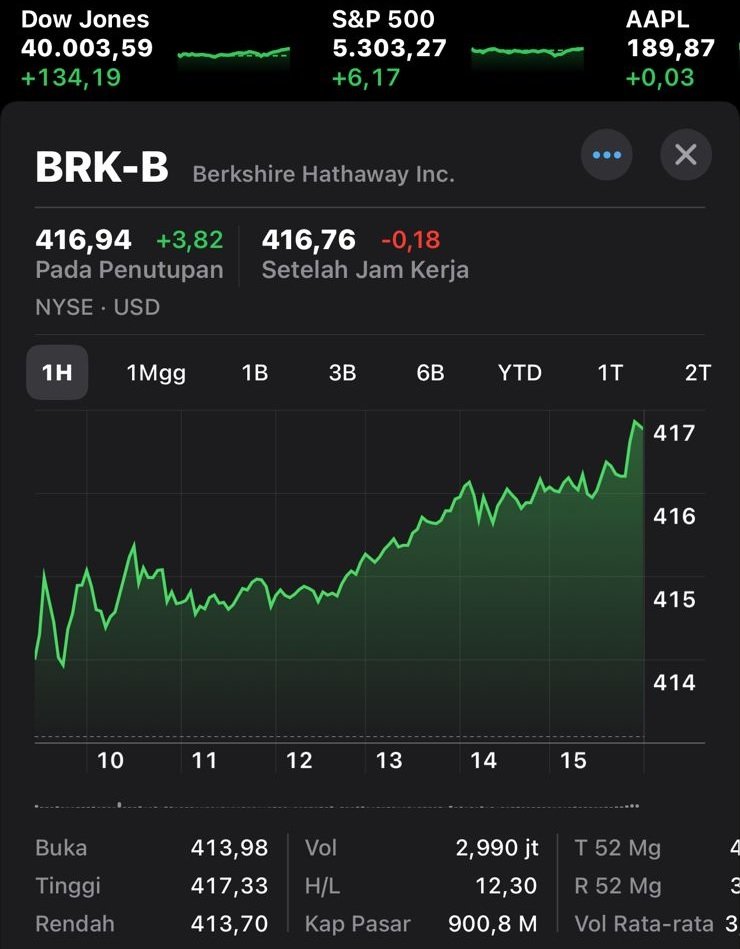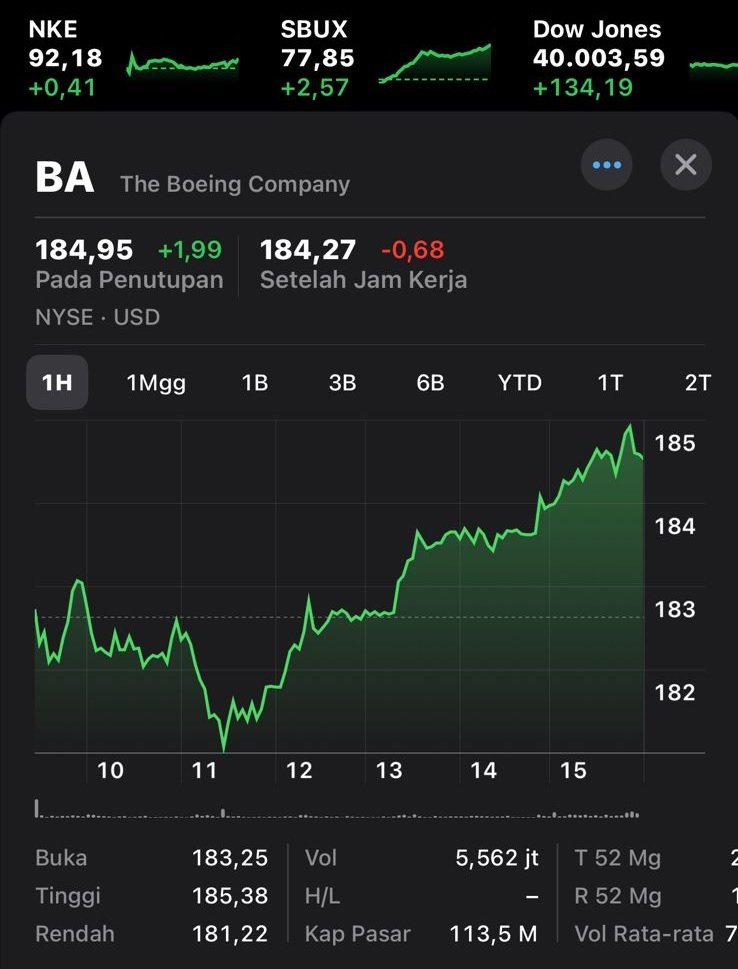Affectation- linked bonds, also known as inflation-linked bonds, are a type of bond where the interest payments and principal value are linked to the inflation rate. It aims to protect investors from a decline in the real value of their investments due to inflation. For example, if inflation increases, interest payments and the principal value of bonds will also increase according to the specified inflation index.
Inflation is a general and sustained increase in the prices of goods and services over a certain period of time. This can reduce the purchasing power of money and cause the value of investments to fall. Therefore, to protect investors from the impact of inflation, bond issuers may offer inflation-linked bonds, where the interest payments and principal value are adjusted to the rate of inflation. This provides investors with protection against a decline in the real value of their investment.
The main purpose of inflation-linked bonds is to protect investors from the negative impact of inflation on the value of their investments. By ensuring that interest payments and the principal value of the bonds are adjusted to the level of inflation, these bonds help protect investors’ purchasing power from eroding inflation. This makes it an attractive investment instrument for those who want to protect their portfolio from inflation risks.
The primary role of inflation-linked bonds is to provide investors with protection against a decline in their purchasing power due to inflation. By providing interest payments and a principal value adjusted for inflation, these bonds help maintain the real value of the investment. Additionally, inflation-linked bonds can also be an important diversification instrument in an investor’s portfolio, helping to reduce overall risk. This gives investors the option to allocate a portion of their portfolio to instruments that can protect them from price changes caused by inflation.
The main function of inflation-linked bonds is as a tool to protect investment value from the negative effects of inflation. By providing interest payments and a principal value that is adjusted to the rate of inflation, these bonds help maintain the real value of the investment. This makes it an attractive option for investors looking for protection against a decline in the purchasing power of their money. Additionally, inflation-linked bonds can also be used as a diversification tool in an investment portfolio, helping to reduce overall risk.
The main benefit of inflation-linked bonds is that they protect against a decline in the value of money due to inflation. Some of the benefits include
1. Protection of investment value. Payment of interest and principal value adjusted for inflation helps protect the real value of investments from eroding inflation.
2. Reliable Income Because interest payments are adjusted to the rate of inflation, investors can count on more stable income from these bonds.
3. Portfolio Diversification Inflation-linked bonds can be a good addition to an investment portfolio, helping to reduce overall risk by offering protection against price changes caused by inflation.
4. Potential Profits If inflation rises above expectations, investors may receive higher payouts than expected, increasing their potential profits.
5. Flexible Investment Options There are a wide variety of inflation-linked bonds offered by governments and financial institutions, giving investors the option to choose an instrument that suits their needs and preferences.
6. Pension Fund Protection For investors who use inflation-linked bonds as part of their retirement portfolio, this can provide greater protection for the future purchasing power of their pension funds.
Overall, inflation-linked bonds provide significant benefits for investors who want to protect their portfolios from inflation risks and ensure the stability of future income.
How to Use It in an Investment Strategy?
Investors may consider inflation-linked bonds as part of their portfolio diversification strategy, especially when they want to protect the value of their investments from inflation risk. Additionally, inflation-linked bonds can also be a good alternative for investors seeking stable returns in an environment of rising inflation.
How Do Inflation-Linked Bonds Work?
ILBs work by linking the principal value and interest payments of a bond to a measure of inflation, such as the Consumer Price Index (CPI) or Retail Price Index (RPI). This means that when inflation rises, bond payments will rise in line with the rate of inflation, which helps protect the purchasing power of bondholders.
For example, let’s say an investor purchases a 10-year inflation-linked bond with a principal amount of $10,000 and an interest rate of 2% per year. If the inflation rate in the first year is 3%, the bond’s principal and interest payments will increase by 3%, to $10,300 and $206. If the inflation rate in the second year is 2%, the principal and interest payments will increase by 2%, to $10,506 and $210.12.
At maturity, bondholders receive the adjusted principal amount, which is the original principal amount plus any accumulated inflation adjustments. This means that bondholders are protected from inflation over the life of the bond.













